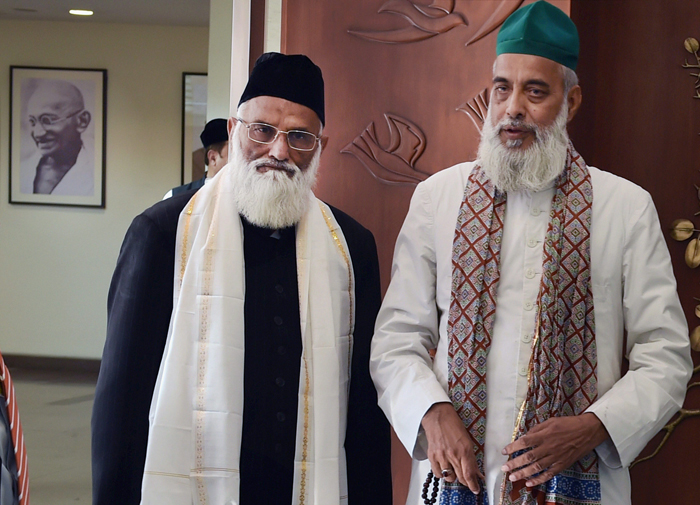
These expense reductions, combined with strong international sales of Q&A, enabled the company to attain break-even.


Eubanks also negotiated a sizable rent reduction on the office space the company had leased in the days of the original Symantec.

To accomplish this, the management team worked out a salary reduction schedule where the chairman and the CEO would take zero pay, all vice presidents would take a 50% pay cut, and all other employees' pay was cut by 15%. This promotion was very successful in encouraging dealers to try Q&A.ĭuring this time, Symantec was advised by Jim Lally and John Doerr - both were board members of Symantec at that stage - ( Kleiner Perkins Caufield & Byers) that if Symantec would cut its expenses and grow revenues enough to achieve cash flow break-even, then KPCB would back the company in raising more venture capital. Simultaneously, a promotion was run jointly with SofSell (which was Symantec's exclusive wholesale distributor in the United States for the first year that Q&A was on the market).
Iantivirus indian govt free#
Turner named it Six Pack because employees were to work six days a week, see six dealerships per day, train six sales representatives per store and stay with friends free or at Motel 6. After a slow start for sales of Q&A in the fall of 1985 and spring of 1986, Turner signed up a new advertising agency called Elliott/Dickens, embarked on an aggressive new advertising campaign, and came up with the "Six Pack Program" in which all Symantec employees, regardless of role, went on the road, training and selling dealer sales staff nationwide in the United States. Subsequent to this change, Raburn had little involvement with Symantec, and in a few years time, Eubanks added the Chairmanship to his other roles. Q&A was released in November 1985.ĭuring 1986, Vern Raburn and Gordon Eubanks swapped roles, and Eubanks became CEO and president of Symantec, while Raburn became its chairman. Brett Walter designed the user interface of Q&A (Brett Walter, Director of Product Management). Turner chose the name of Q&A for Symantec's flagship product, in large part because the name lent itself to use in a short, easily merchandised logo. The natural language system was named "The Intelligent Assistant". The new Symantec combined the file management and word processing functionality that C&E had planned, and added an advanced Natural Language query system (designed by Gary Hendrix and engineered by Dan Gordon) that set new standards for ease of database query and report generation. Eubanks became its chairman, Vern Raburn, the former President of the original Symantec, remained as President of the combined company. The merged company retained the name Symantec.
Iantivirus indian govt software#
C&E Software developed a combined file management and word processing program called Q&A for "question and answer." As a result, later in 1984 Symantec was acquired by another, smaller software startup company, C&E Software, founded by Denis Coleman and Gordon Eubanks and headed by Eubanks. This left Symantec without a product, but with expertise in natural language database query systems and technology. In 1984, it became clear that the advanced natural language and database system that Symantec had developed could not be ported from DEC minicomputers to the PC. Hendrix also hired Jerry Kaplan (entrepreneur and author) as a consultant to build the in-RAM database for Q&A. Hendrix hired several Stanford University natural language processing researchers as the company's first employees, among them Barry Greenstein (professional poker player and developer of the word processor component within Q&A).



 0 kommentar(er)
0 kommentar(er)
